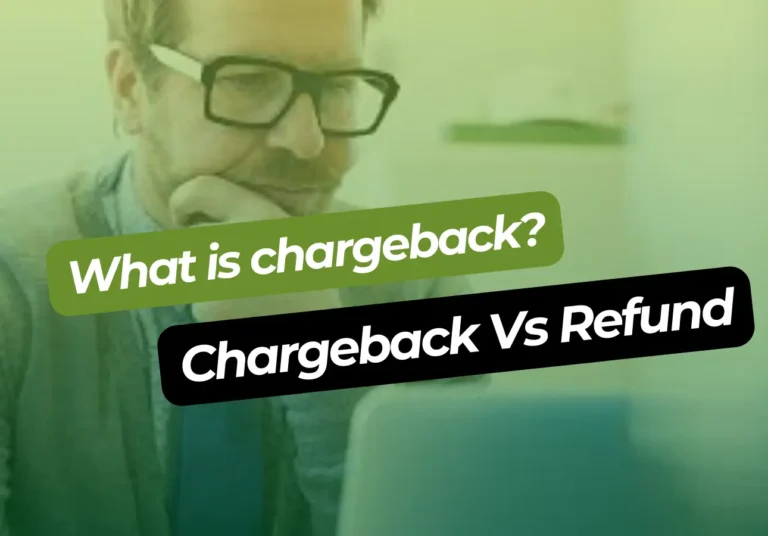A Simple Guide To Tiered Pricing Model
Are you stuck on picking the best pricing model for your business? Well, a tiered pricing structure can be your choice. Imagine you have a business of selling scented candles, and you have crafted them by pouring your heart into them. Now it’s time to decide how to price them. Instead of setting a single rate for all of those candles, you will divide the candles into categories and set the prices according to the beauty, quality, size & scent to attract a wider range of customers and increase your sales.
This can be the practical but simple example of price tiering which gives the seller more space to increase sales. This is how the tiered pricing structure works in simple words. Let’s understand it from the perspective of payment processing.

What is a Tiered Pricing Structure?
Tiered pricing in payment processing, is a structured approach where transaction costs are divided into distinct “tiers” based on various factors like card type and transaction method. These tiers are commonly known as Qualified tier, Mid-Qualified tier & Non-Qualified tier. Merchants & sellers offer different packages as pricing plans for different products & services keeping in view the different features & benefits of products/Services & some other factors, like transaction method (in-person or online).
At PhozellPay, we’ve designed our pricing structure to be transparent and flexible, ensuring that you receive the best value for your transaction needs. Our tiered pricing model is a structured approach that categorizes transaction costs into distinct levels based on various factors, such as card type and transaction method.
Types Of “Tiered Pricing Structure” in Payment Processing
Since every process has a slight difference in mapping these three tiers it depends on the process of transaction to understand actually which transaction falls in which category. Still, we have tried to explain each of them so you can understand the basics.
Qualified:
It includes transactions with standard credit cards and debit cards, which applies to both in-person and online transactions. It is ideal for small businesses or startups that need essential payment processing capabilities without additional features. It excludes reward cards, cash-back cards & corporate cards.
Mid-Qualified:
The transaction is called Mid Qualified based on the method of entry, like ordering on the phone call. Because this transaction involved a slightly high risk of security as we don’t know whether the person ordering was the real card owner or not. It will have a middle rate as compared to the Qualified rates.
Non-Qualified:
Types of cards like corporate cards & cash-back cards are involved in such types of transactions. In payment processing, the Non-Qualified Tier typically includes transactions that involve standard card types with basic processing conditions. This tier is often associated with higher processing fees due to the nature of the transactions and the types of cards used.

Why Choose a Tiered Pricing Model?
It’s a best practice to divide the pricing into tiers as it provides an easier pricing plan to understand at a glance since transactions are categorized into clear tiers. Whether you’re a small startup or a large enterprise, you can select a tier that aligns with your specific requirements.
This pricing model can attract a broad range of clients by offering options suitable for different business sizes and transaction volumes. It is a win-win pricing structure for both the merchant & the customers. Both are getting benefits as per their needs.
Pros and Cons of the Tiered Pricing Model
Pros
Cons
Final Thoughts
There are some advantages & disadvantages associated with this model, you must choose the pricing model that gives you more benefits with lesser harm and additionally, it should not be harmful to your customers as well. Though the tiered transaction structure is a win-win still precautions are needed.
Related Blog Post: Dual Pricing Model






